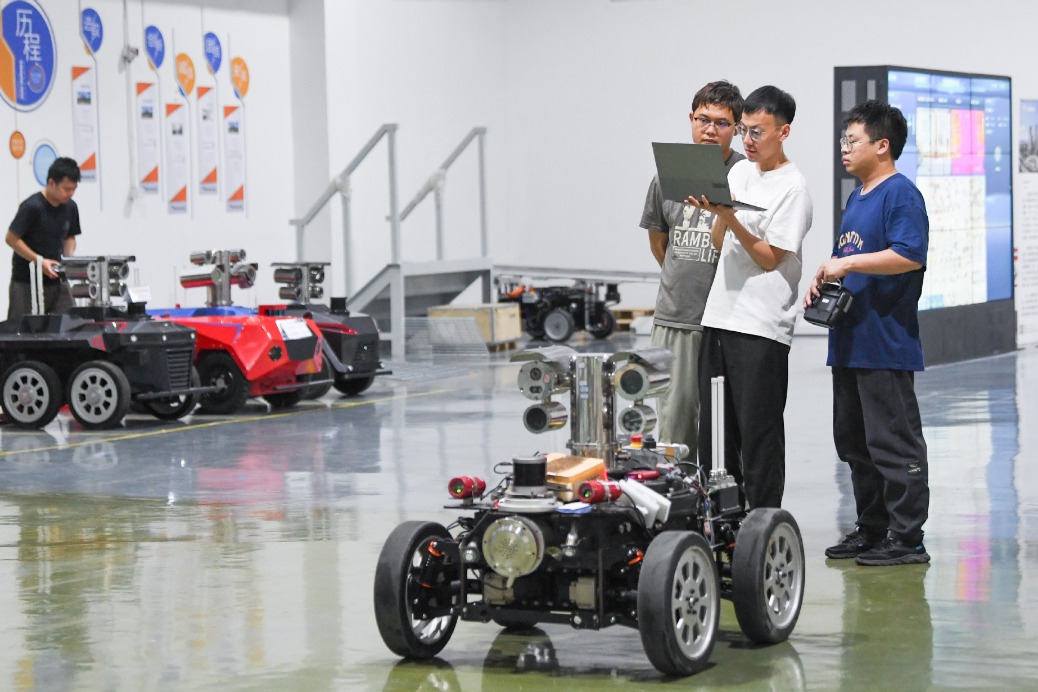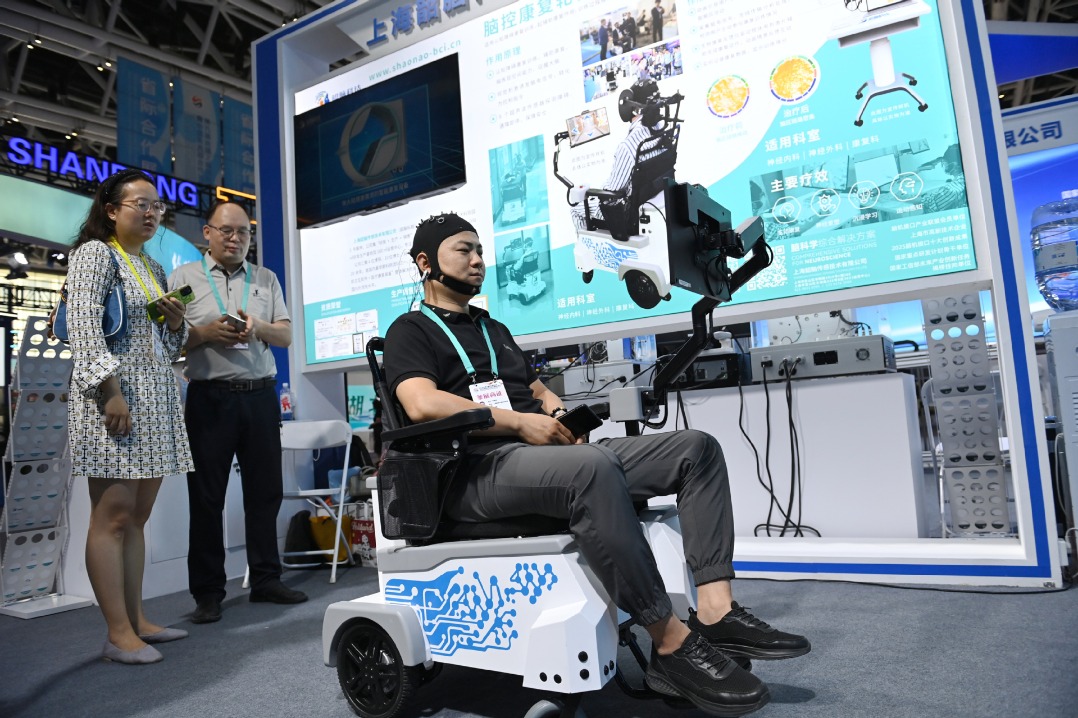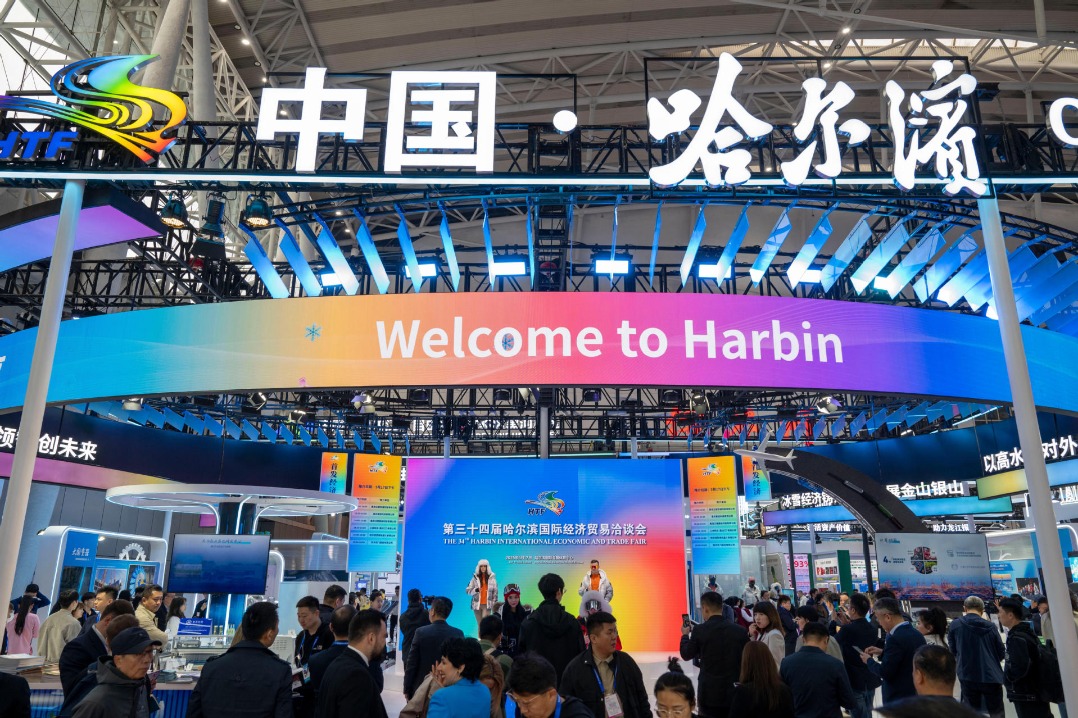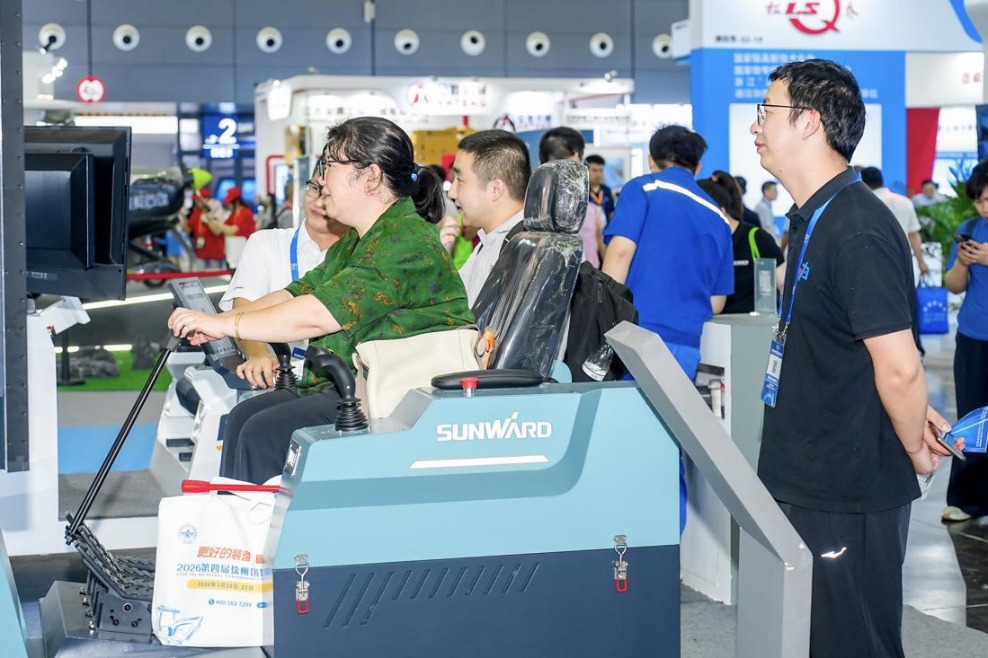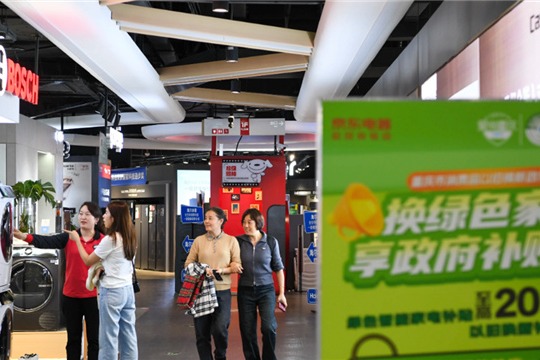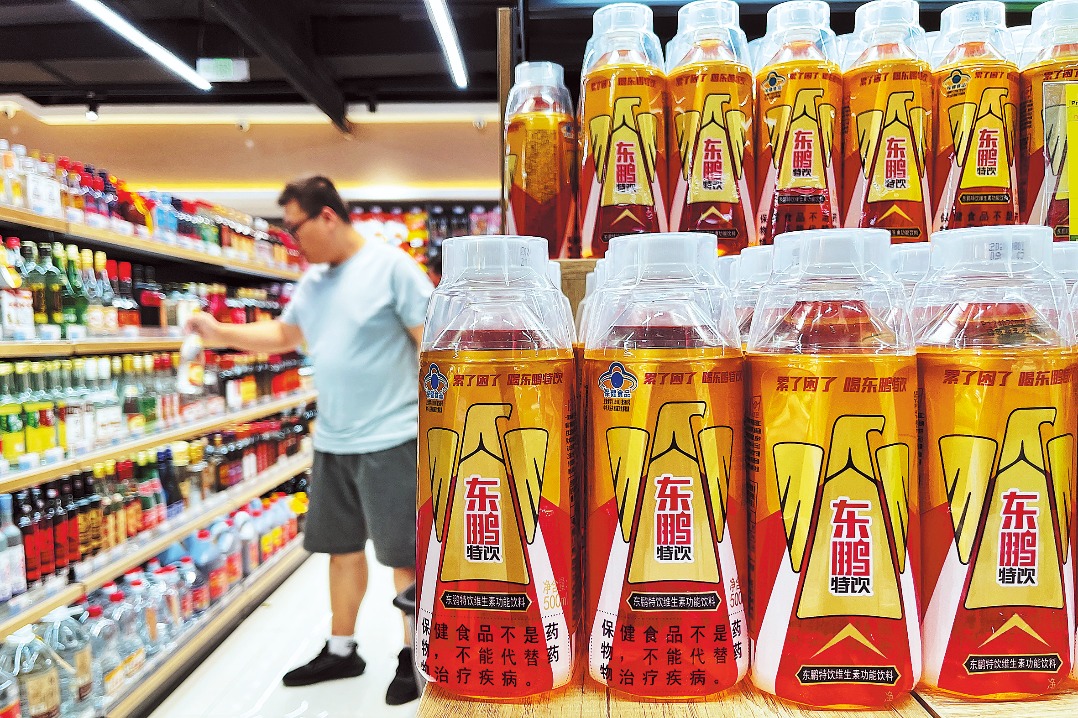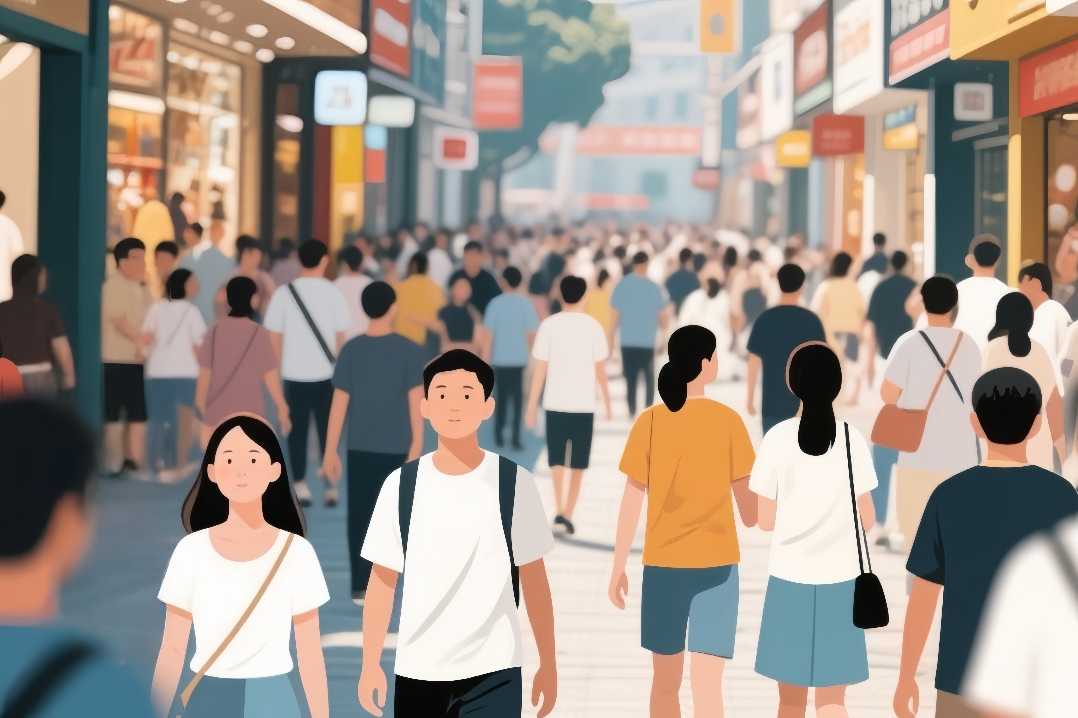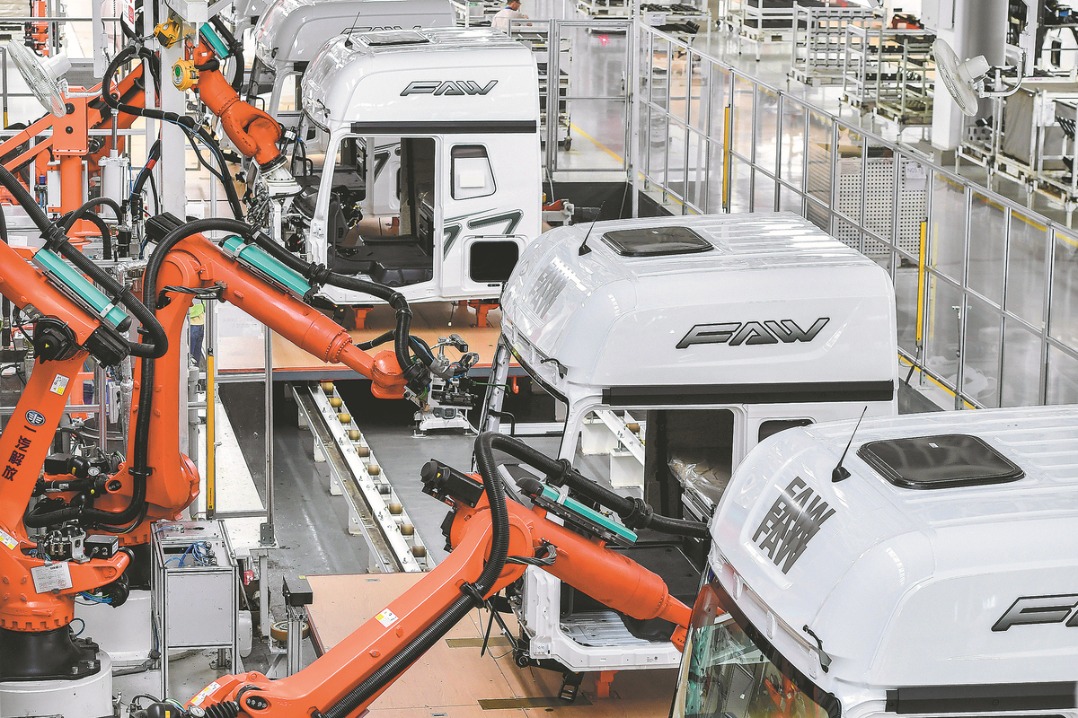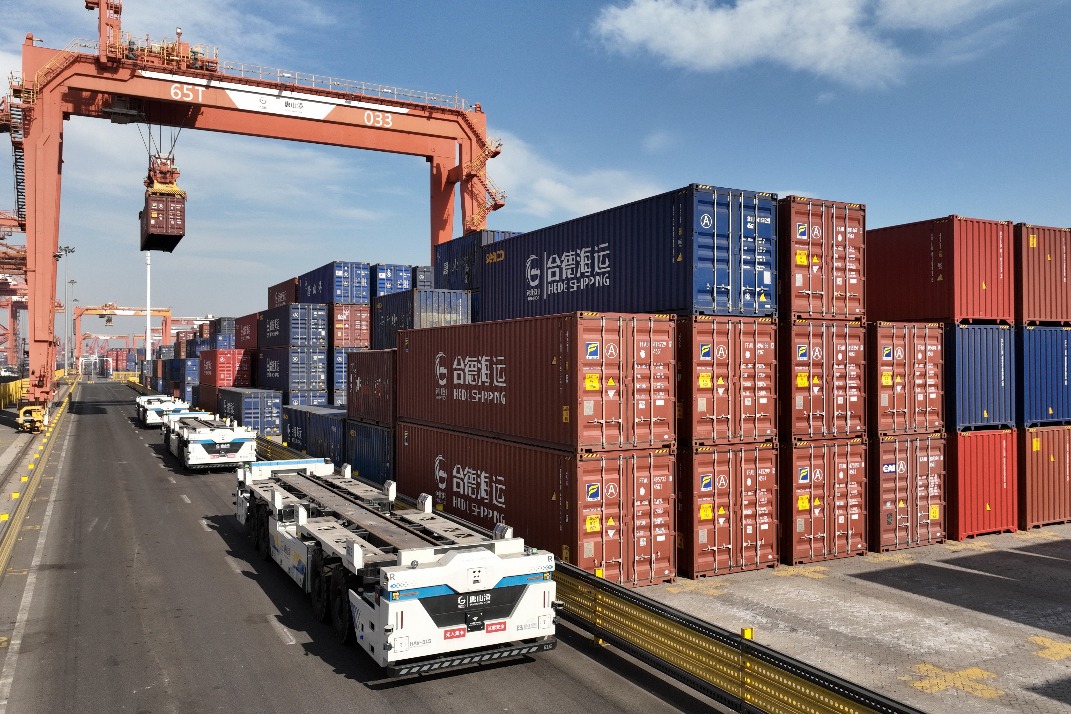Drones, sunscreens, massagers herald tech-consumer tie


If you ever go camping at a scenic spot or a public park this summer in China, chances are you will likely sit inside your little tent and, oppressed by the ambient heat, place an online order using your smartphone for a cup of iced coffee or ice cream. And when the delivery person materializes in a jiffy with your refreshments, you will saunter across to the gate to pick it up.
But, by the time you reach your tent on your way back, the ice stuff would have melted quite a bit in the 37 degrees temperature. Now, wouldn't it be great if, instead of a deliveryman, the stuff is delivered in double quick time by an unmanned aerial vehicle (UAV)-drone in common parlance-right outside your tent, that too with your goods packed in thermal packaging?
Well, that scenario isn't from sci-fi about otherworldly realms. It's all happening here on our terra firma. Several Chinese cities, including Shanghai, Hangzhou, Zhejiang province, and Shenzhen, Guangdong province, are using UAVs for takeout deliveries. To be sure, technology is boosting consumption faster than expected.
In Shanghai, which boasts the highest number of coffee shops for a city in China and the most vibrant coffee consumption, the number of coffee takeout orders increased by more than 80 percent year-on-year in June, and continued to maintain rapid growth with the gradual resumption of work and production.
"Technologies like UAVs are expected to play a greater role in distribution of the last three-kilometers' consumption," said Mao Yinian, head of Meituan's UAV business.
According to market consultancy Frost & Sullivan, the country's UAV market has been growing rapidly and the sales revenue of the civil UAV market exceeded 60 billion yuan ($8.76 billion) last year.
According to Mao, the aircraft can fly at a height of less than 120 meters at a flight speed of 10 meters per second. It can carry a maximum load of 3 kilograms and a flight can last up to 20 minutes.
As of July, the unmanned delivery service has been serving nearly 20,000 residents in Shenzhen and completed nearly 60,000 orders. In Hangzhou, the drones carried out normalized nucleic acid sample transportation.
"In the next five to 10 years, the cost of unmanned deliveries will be equal to that of human deliverymen, and the efficiency and user experience brought by unmanned delivery will be greatly improved," he said.
Technology is improving consumer experience and driving consumption in a large number of industries, including retail, cosmetics, manufacturing and agriculture.
For instance, at the China International Consumer Products Expo held last month, Japanese cosmetics company Shiseido launched the industry's first sun dual-care technology, which it claims transforms harmful ultraviolet radiation into beautifying elements that are beneficial to the skin.
The Singaporean company OSIM International unveiled a gaming massage chair, which is aimed at gaming groups and young people. The 360-degree freely rotating high-precision chair leverages technology to simulate real-life massage techniques and can help relieve shoulder and neck muscle strain caused by high-intensity gaming.
"Scientific and technological innovations, including those for the enhancement of competitiveness and customer stickiness, are of significance to consumption as they can increase consumer groups, thus reducing costs," said economist Song Qinghui.
Song likened the process to smartphone revolution, where companies continue to add interesting, advanced and intelligent software and hardware to make mobile phones more and more functional. Thus, consumers are more and more unable to give up mobile phones.
"In this regard, fresh technology is guiding and changing people's previous way of life and is adding freshness to people's desire to consume," he said.
"Only when technological innovation is in the right direction can it play a better role in driving continuous consumption. Otherwise, tasteless products will eventually drag down consumption."

















